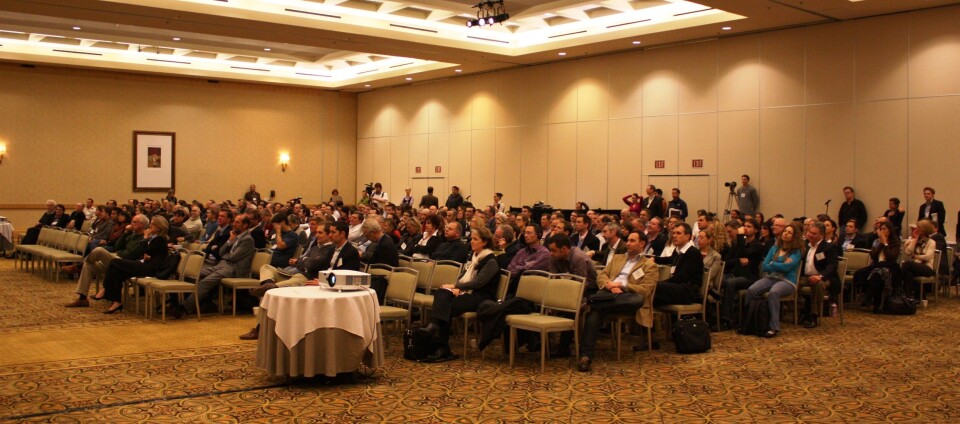
Seafood Summit has shortcomings, but worth attending
Opinion
They came from some thirty different countries, and many old acquaintances were renewed and celebrated. It was the largest Seafood Summit in history, with its list of participants being dominated by Environmental Non-Government Organizations (ENGO’s). There were however, also a significant representation by the seafood industry, including a lady from the California-based Commercial Fishermen of Santa Barbara who suggested that while she was struggling to make a living from fishing, there were many ENGO’s there with lots of money, and many government people paid by tax payers- all out to decide where and when she could fish what species.
Earlier market campaigns by ENGO’s in British Columbia has resulted in the closure and curtailing of many forestry-based operations in the province, and a land use planning process for the central/north coast of B.C. that was signed off by governments some four years ago resulted in a protected area the size of Belgium being created and off-limits to most forms of economic development. A fund was created by US-based philanthropic organizations and governments that was supposed to support eco-tourism and other “environmentally friendly” activities, but that specifically excluded funding for net-pen fish farming- one of the most likely economic development opportunities in the area.
Another planning process is now underway for the marine segment of the same coastline, and while this initiative was originally made by the Canadian Department of Fisheries and Oceans, the process is risking being hijacked by the many well-funded B.C. and U.S.-based ENGO’s.
An example of the dominance by the environmental movement in the planning and preparation of this year’s Seafood Summit was experienced today, at a session entitled “Wild Salmon Sustainability- Complexities and New Initiatives”. A panel of five “experts” was organized by the Canadian-based ENGO the David Suzuki Foundation- and not a single representative from the region’s salmon fishing industry or the scientific community of the Canadian Department of Fisheries and Oceans or the U.S. were present- nor were regulators from Canada or Alaska. The five ENGO representatives on the panel proceeded to criticize the certification of various salmon fisheries under the Marine Stewardship Council due to the possibility of fish from minute “stocks” being caught in mixed- stock fisheries.
And the approximately five billion hatchery-produced salmon being released into the Pacific Ocean each year were highlighted as detrimental to “wild” salmon, as their intermingling could lead to poorer genetic ability to reproduce. The panel’s suggestion that salmon should be caught up-river in order to target only healthy and large “stocks” prompted a question about the loss of value due to the poorer quality of fish entering the spawning grounds, when high quality ocean-caught salmon turn into “boots”.






















































